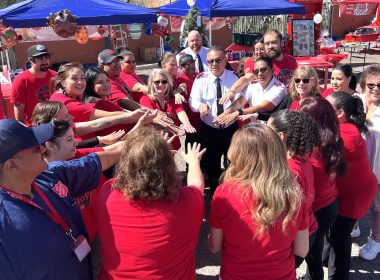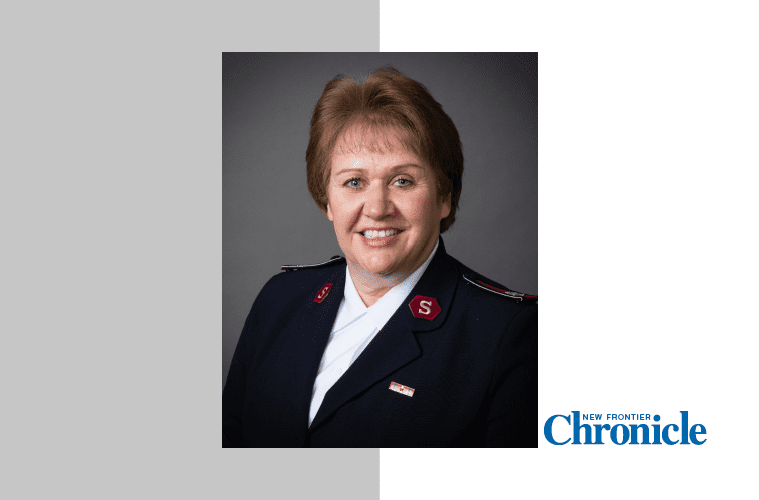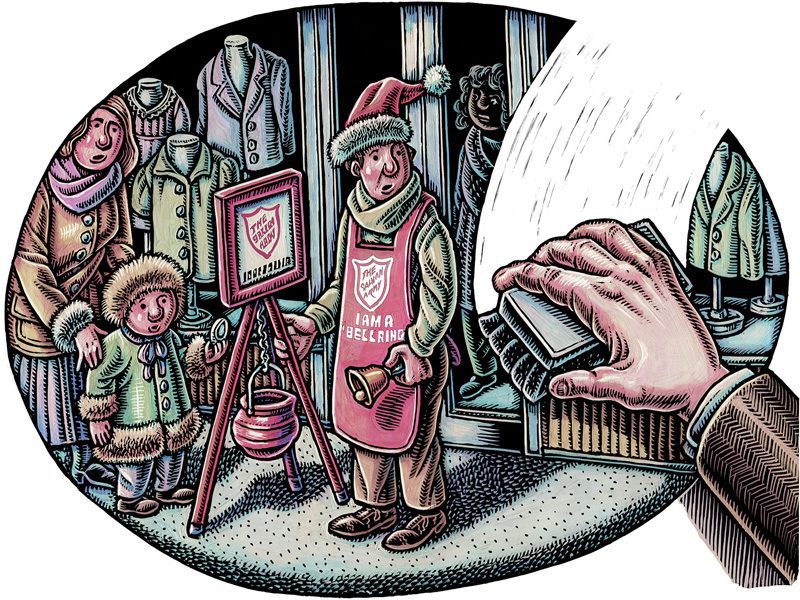By Lawrence Shiroma, Major
The numbers tell part of the story—The Salvation Army is the largest non-profit provider of social services in the Western United States.
In 2010, the territory provided safe lodgings for 1,646,254 persons; distributed clean, fresh clothing to 1,065,116 individuals; provided medical assistance for 170,488; life-saving transportation for 288,877; and much needed energy assistance for 61,750 persons. For Christmas 2010, The Salvation Army distributed 732,421 gifts to needy families, 924,205 toys to children and 77,707 gift cards to the impoverished.
How, though, are the 10 Western Territory divisions dealing with social justice? Is this form of “New Evangelism” separate from social services? Or is the provision of services integrated and seamless in seeking to meet General Linda Bond’s vision of “One Army”?
The Cascade Division’s Lighthouse Lodge Transitional Shelter in Salem, Ore., is an example of a residential program that implements both social services and social justice—two sides of the same coin. This 83-bed transitional living facility helps homeless, single adults and families achieve self-sufficiency with a goal of obtaining employment. A number of the residents were victims of human exploitation. With funding from a HUD grant, the program emphasizes life skills.
To keep up with the demand for services, the Lighthouse Lodge developed client-outcome based services using the logic model, a measurement tool that compiles services provided to persons and families. The United Way in Salem uses The Salvation Army’s logic model to measure how individuals are assisted by case management services in other community agencies.
The Salem Lighthouse Lodge is one of over 100 social service residential programs in the Western Territory that provide assistance to the down and out so that they may achieve independence and rise from the oppression of past addictions and memories of past abuses and failures.
With the emergence of the working poor in America and increasing homeless masses of women and children as a result of the U.S. economic downturn, The Salvation Army continues to serve the marginalized, developing new strategies and fostering hope to meet people’s needs in the 21st century.
Is this social justice or social service? Only the skeptical and the uninformed about The Salvation Army’s mission and passion would say that they are not one and the same.
—Major Lawrence Shiroma is social services secretary in the Western Territory.











